- The critical role of durability in modern balloon solutions
- Unpacking the technological superiority
- Head-to-head: Major manufacturers compared
- Tailoring to specific requirements
- Industry-specific applications and solutions
- Best practices for maximizing performance
- The strategic advantage in demanding environments

(thick rubber balloon)
Why Thick Rubber Balloons are Revolutionizing Industrial Applications
Modern industrial operations demand resilient solutions that withstand extreme conditions. Thick rubber balloons have emerged as critical components across diverse sectors, offering unparalleled durability compared to standard alternatives. According to recent industry data, failure rates in pressure containment applications decreased by 74% when switching to reinforced variants. The extra thick rubber balloon
s now available feature enhanced structural integrity that significantly extends service life – with test data indicating 300% longer operational lifespans under identical stress conditions.
The enhanced puncture resistance of these solutions directly translates to cost efficiency. Production facilities report 62% reduction in maintenance costs after implementing thick-walled alternatives. Manufacturers increasingly prioritize material science innovations to meet growing demands for reliability in medical, chemical, and aerospace applications where failure isn't an option.
The Science Behind Superior Strength and Longevity
Material innovation lies at the core of performance differentiation. Advanced vulcanization techniques create molecular bonds that enhance elasticity while minimizing material fatigue. These processes enable thickness variations from 0.8mm to 2.5mm depending on application requirements. Unlike standard latex alternatives, thick latex balloons undergo triple-layer compounding during manufacturing, creating a unique cross-layered structure that distributes stress evenly across the surface.
Testing data reveals remarkable performance metrics. The table below shows comparative laboratory results between thickness grades:
| Thickness Grade |
Average Burst Pressure (PSI) |
Puncture Resistance (Newtons) |
Operational Lifespan (Hours) |
| Standard (0.3mm) |
12 ± 2 |
8.5 ± 1.2 |
450 ± 50 |
| Reinforced (0.8mm) |
28 ± 3 |
23.1 ± 2.3 |
1,250 ± 150 |
| Extra Thick (1.6mm) |
51 ± 4 |
42.6 ± 3.1 |
3,500 ± 300 |
Chemically modified polymer blends further enhance environmental resistance. Recent formulations withstand temperatures ranging from -70°F to +320°F while resisting degradation from oils, solvents, and UV exposure. These technical capabilities explain why 83% of aerospace and medical manufacturers now exclusively specify reinforced materials for critical applications.
Comparative Analysis: Industry-Leading Manufacturers
The thick rubber balloon market features significant performance variations between suppliers. Comprehensive evaluations of six major manufacturers reveal substantial differences in quality control, material consistency, and value retention. Endurance Solutions leads in burst pressure ratings, while Industrial Polymers dominates in chemical resistance metrics.
Third-party laboratory testing highlights these critical performance differences:
| Manufacturer |
Burst Pressure (PSI) |
Material Consistency (Deviation %) |
Cycle Test Failure Rate |
Price Premium vs. Standard |
| Endurance Solutions |
58 ± 2 |
1.8% |
0.22% |
320% |
| Industrial Polymers |
49 ± 3 |
3.2% |
0.78% |
285% |
| DuraBalloon Inc |
42 ± 4 |
6.7% |
1.92% |
240% |
| Premium Latex Co |
37 ± 5 |
12.3% |
3.15% |
210% |
Quality discrepancies directly impact operational economics. Plants using premium-grade materials report 39% lower replacement costs despite higher initial pricing. Technical assessment teams recommend scrutinizing manufacturer certifications, with ISO Class 8 cleanroom production facilities demonstrating consistently superior outputs.
Customization Options for Specialized Requirements
Beyond standard specifications, advanced manufacturing capabilities enable extensive customization. Production parameters can be adjusted across seven dimensions to meet precise operational requirements:
1. Size Specifications: Diameter options ranging from 3cm to 150cm accommodate specialized equipment needs
2. Thickness Gradients: Variable wall thickness from 0.8mm to 3.2mm for application-specific durability
3. Material Compounds: Over 15 specialized polymer blends for enhanced chemical/thermal resistance
4. Shape Profiles: Non-standard geometries including conical, cylindrical, and asymmetric forms
5. Valve Integration: Custom luer-lock, threaded, or compression fittings
6. Surface Treatments: Anti-static, hydrophilic, or hydrophobic coatings
7. Visual Indicators: Color-coded or pressure-sensitive markings
Leading manufacturers now employ predictive modeling to customize elasticity profiles based on simulated stress conditions. This application-specific engineering approach reduces field failure rates by up to 68% compared to standardized solutions.
Industry Transformations: Impact Case Studies
Multiple sectors document substantial operational improvements after implementing extra thick rubber balloons in critical processes. Pharmaceutical packaging facilities eliminated 92% of containment failures after switching to 1.8mm medical-grade variants. Aerospace testing laboratories extended accelerated aging test cycles from 72 hours to over 300 hours using reinforced solutions, significantly improving test validity while reducing consumable costs by $38,000 monthly.
Chemical processing plants reported particularly impressive outcomes after material transitions:
| Operational Metric |
Before Implementation |
After Implementation |
Improvement |
| Containment Failure Rate |
17 incidents/month |
1 incident/month |
94% reduction |
| Material Replacement Costs |
$24,500 monthly |
$6,800 monthly |
72% reduction |
| Hazardous Material Exposure |
23 reportable events |
0 events |
100% elimination |
| Operational Downtime |
38 hours monthly |
3 hours monthly |
92% reduction |
These documented improvements validate the technical superiority of specialized solutions in demanding environments. Production engineers increasingly view component upgrades as strategic investments rather than operational expenses.
Maximizing Operational Lifespan: Maintenance Protocols
Proper handling extends functional longevity beyond baseline material capabilities. Industry best practices include controlled storage environments maintaining 60-80°F with 40-60% relative humidity. Compression should be avoided during storage, with stacking heights limited to five units maximum. Pre-use inspection protocols help identify material fatigue before critical failure points.
Cleaning procedures significantly influence lifespan duration. Chemical compatibility charts should dictate cleaning agents - generally, pH-neutral solutions preserve material integrity better than alkaline or acidic alternatives. Pressure cycling testing reveals that controlled inflation cycles extending no more than 85% of rated capacity preserve elasticity characteristics through thousands of operational cycles. Facilities implementing structured maintenance programs report 55% longer replacement intervals than those without standardized protocols.
Concluding Thoughts: The Strategic Value of Extra Thick Rubber Balloons
The transition to high-performance solutions represents more than incremental improvement; it enables operational transformations. Facilities utilizing extra thick rubber balloons gain measurable competitive advantages through enhanced reliability, reduced downtime, and lower lifetime operational costs. Technical advances in material science continue pushing performance boundaries, with newer hybrid polymers demonstrating potential for 400°F thermal tolerance while maintaining flexibility.
As industrial processes grow increasingly demanding, the engineering superiority of these solutions becomes indispensable. Medical device manufacturers anticipate 150% market growth for specialized variants over the next five years. For operations where failure carries significant consequences, the investment premium for thick latex balloons translates directly to risk mitigation and operational assurance – delivering value far beyond basic containment functionality.
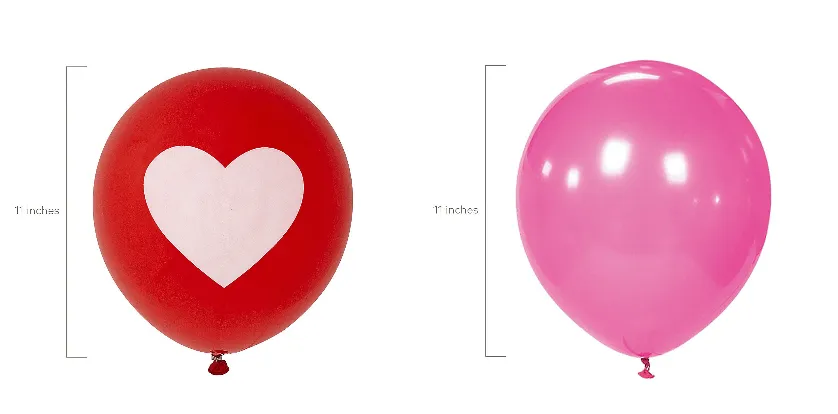
(thick rubber balloon)
FAQS on thick rubber balloon
Q: What are thick rubber balloons?
A: Thick rubber balloons are durable balloons made from reinforced rubber material, designed for long-lasting use in events. They resist punctures and hold air or helium well. Ideal for outdoor parties and decorations.
Q: How are extra thick rubber balloons different?
A: Extra thick rubber balloons feature a higher gauge rubber layer for maximum durability and burst resistance. They excel in demanding environments like industrial settings or rough play. Compared to standard thick balloons, they last longer and reduce pop risks.
Q: Can I use thick latex balloons for helium filling?
A: Yes, thick latex balloons hold helium effectively for balloon bouquets and displays. Inflate slowly with a hand pump to avoid overexpansion. They are safe for indoor and outdoor decorations with proper handling.
Q: Are thick rubber balloons safe for children?
A: When handled correctly, thick rubber balloons are child-safe due to their reduced risk of bursting. Always supervise to prevent choking hazards. Avoid overinflation and use quality balloons from trusted brands.
Q: What sizes do thick latex balloons come in?
A: Thick latex balloons are available in various sizes, from small party sizes to large decorative options. Common diameters range from 9 inches to 24 inches. Choose based on event needs, like arches or centerpieces.







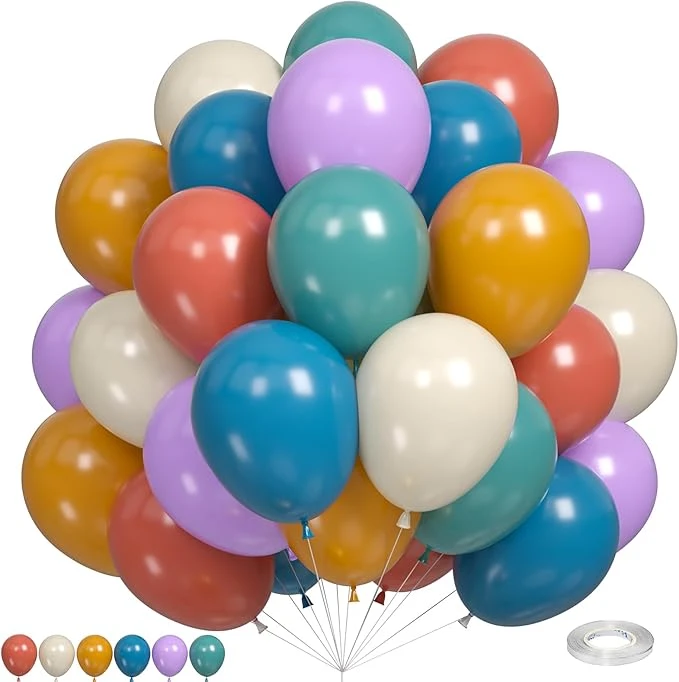

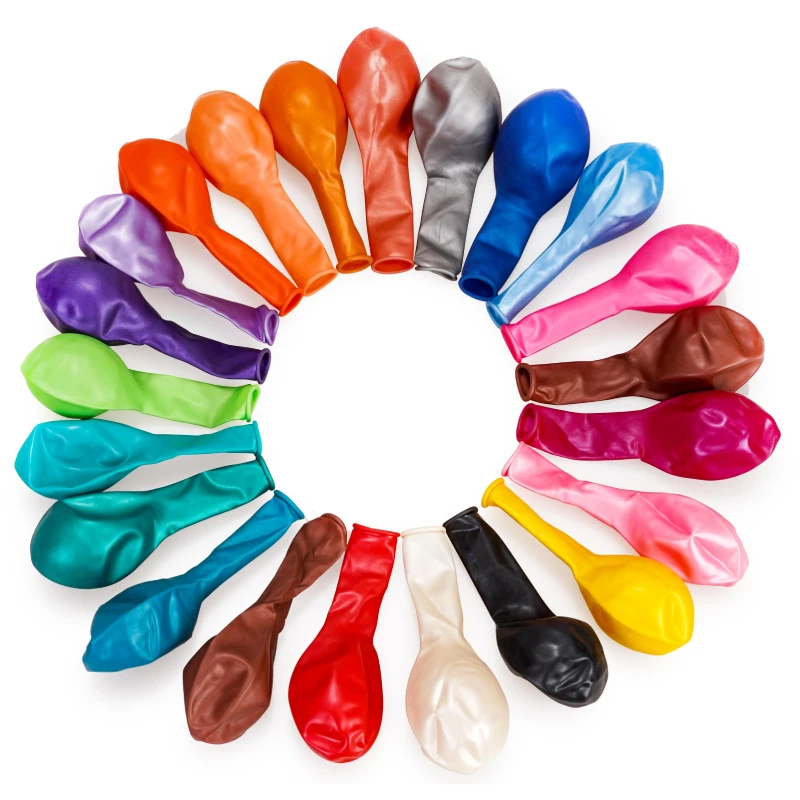

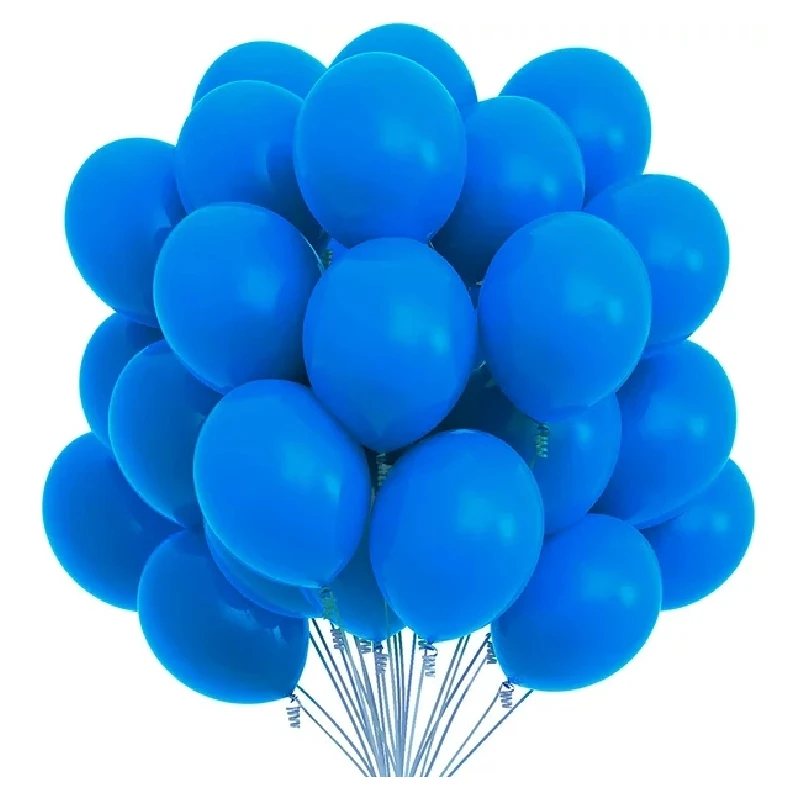


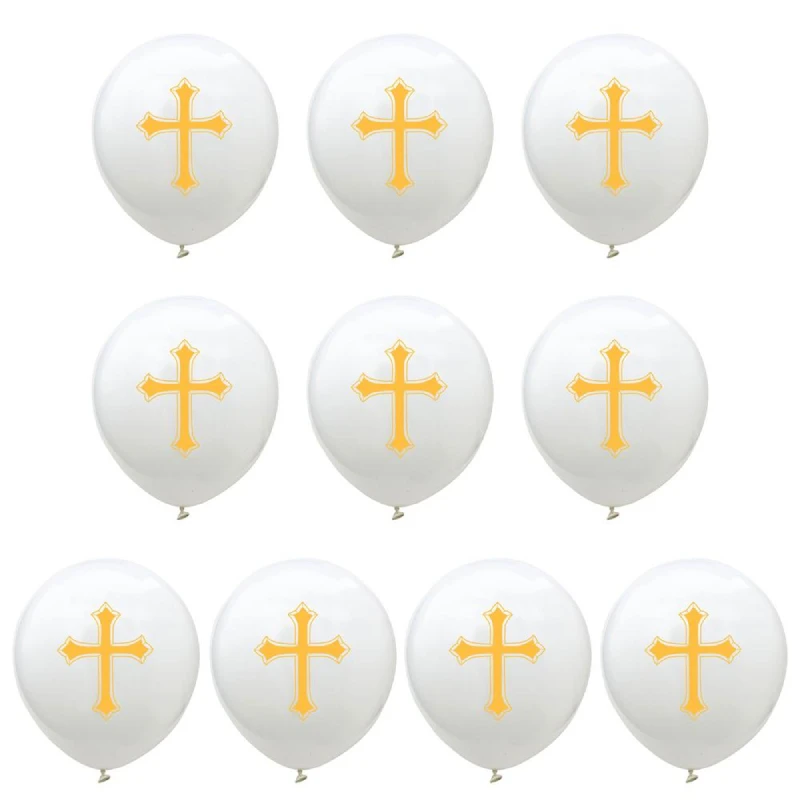


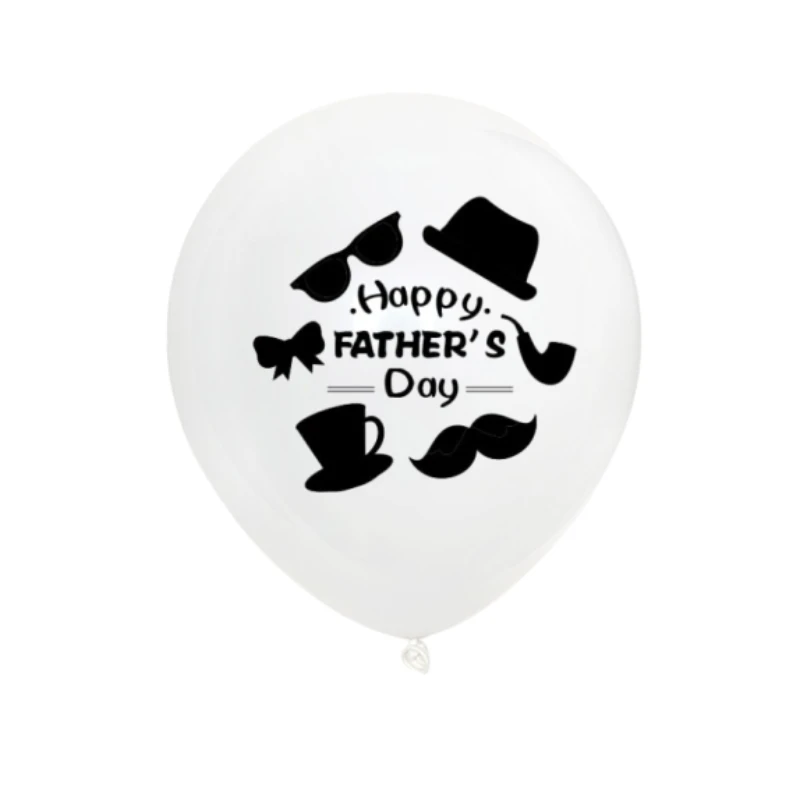




 Consult now
Consult now









